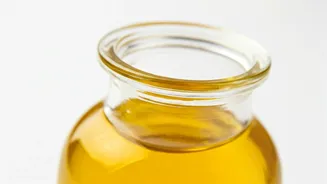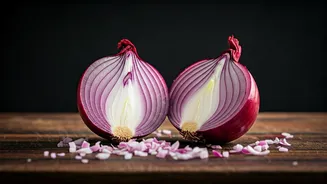The Rub Test
The first test you can try is the rub test. Take a small amount of mustard oil and rub it between your palms. Pure mustard oil will have a distinct aroma
and feel. If the oil feels sticky or doesn't have the typical mustard smell, it may be mixed with other oils. This simple touch and smell test can give you a quick indication. Remember, authentic mustard oil should have a pungent, characteristic scent that’s easily recognizable. If it smells off or doesn't have much smell at all, it's a red flag. The texture should be smooth, not thick or gummy, ensuring you’re dealing with the genuine product.
The Refrigeration Test
Next, you can perform the refrigeration test. Place a small amount of mustard oil in the refrigerator for about 30 minutes. Pure mustard oil will solidify or become cloudy at low temperatures, while adulterated oils may remain liquid. This is because pure mustard oil contains higher levels of saturated fatty acids, causing it to solidify more readily. If the oil doesn’t change much after refrigeration, it could indicate the presence of other oils that don’t solidify as quickly. By observing the oil’s behavior in the cold, you gain insight into its composition and purity, giving you a clue about its authenticity.
The Flame Test
The final test is the flame test. Dip a cotton wick or a piece of cotton in the mustard oil and light it. Pure mustard oil will burn steadily without any crackling sounds or excessive smoke. If the oil produces a lot of smoke or makes crackling sounds while burning, it suggests that the oil may be mixed with other substances. This test is based on the chemical composition of the oil and how it reacts with fire. A clean burn is a good sign that the oil is genuine and free from added impurities. Always be cautious when using fire, and perform this test in a well-ventilated area.












